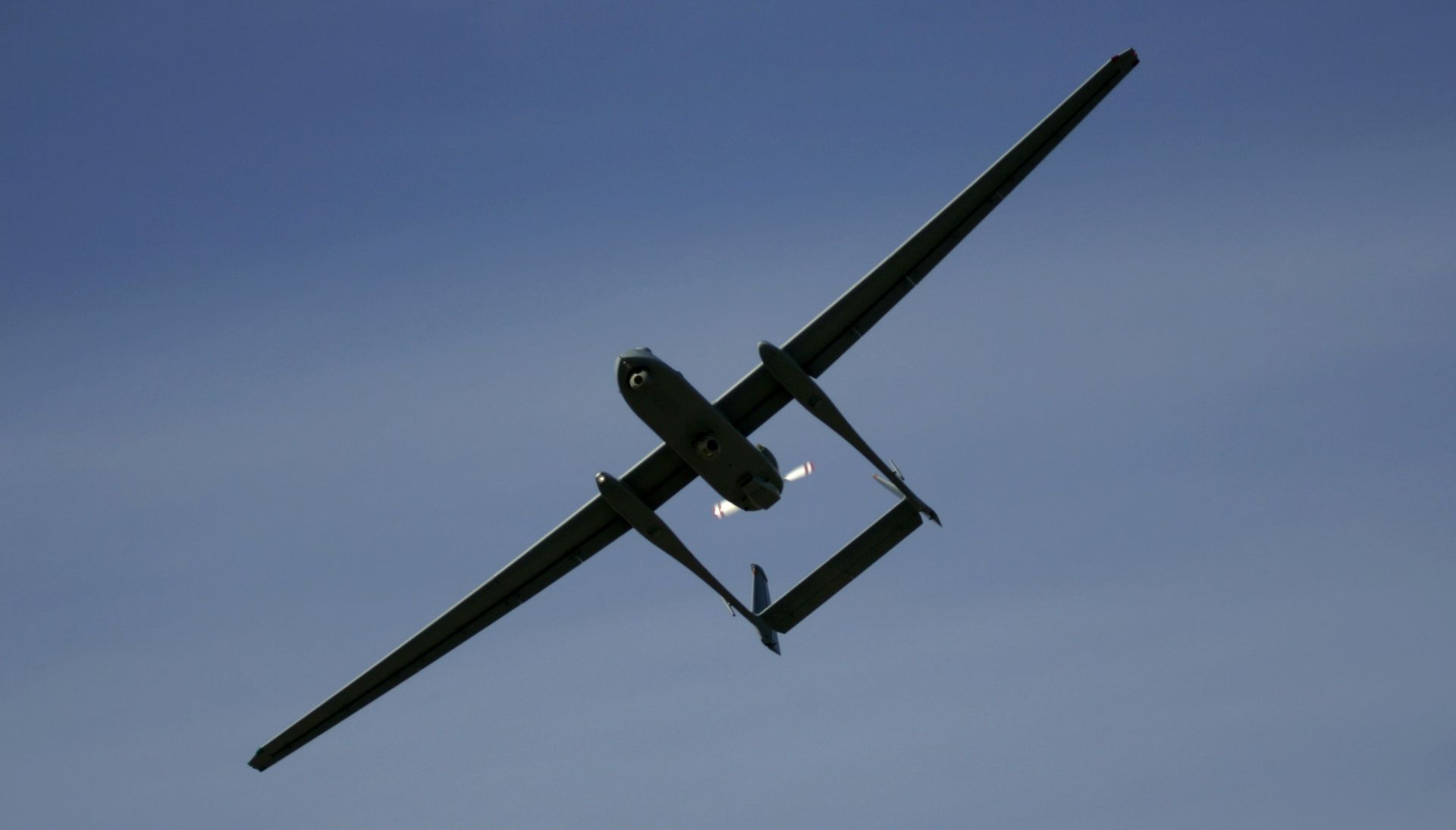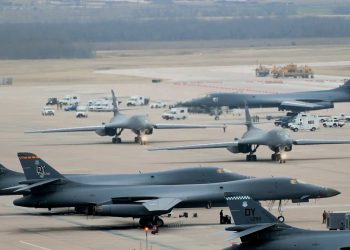Frost & Sullivan, PALO ALTO, Calif: Given their unmatched and time tested surveillance capabilities, unmanned aerial systems (UAS) are being regarded as the aerial platforms of the future. The number of unmanned aircraft deployed overseas has increased exponentially over the last few years, further confirming their growing value to the U.S. military as well as other foreign militaries worldwide.
However, despite the bright future of unmanned aviation in the military, a possible reduction in defense spending in coming years could pose a threat to several developmental UAS programs. The UAS industry will have to focus on technology advancement and timely system production in order to keep developmental programs on time and financially supported.
New analysis from Frost & Sullivan, North American Unmanned Aerial Systems Market Analysis, reveals that the revenue in this market totaled $1.3 billion in 2006 and estimates this will more than double by 2013.
“The increasing need for timely intelligence, surveillance, and reconnaissance (ISR) is a key driver for growth in the North American UAS market,” notes Frost & Sullivan Research Analyst Lindsay Voss. “UA systems continue to prove themselves in Iraq and Afghanistan, providing critical intelligence data that could minimize casualties in potentially lethal missions.”
With the possibility of future defense cutbacks looming for other defense programs, UA systems expect to receive substantial funding in the future. Furthermore, UA systems technology is constantly advancing and becoming more focused on meeting the needs of the war fighter. As the U.S. Armed Forces move toward network centricity, UAS programs will be vital components to military success. Government funding for many of these programs will reflect this importance.
Nevertheless, as programs such as the Air Force/Navy joint unmanned combat aerial system (J-UCAS) and the Army's future combat systems (FCS) have shown, defense funding for high-tech UAS programs in the U.S. as well as Canada is unpredictable. With costs from the wars in Iraq and Afghanistan escalating, and high-priced military programs being forced to compete for funding, several developmental UAS programs could struggle to become military programs of record.
“Recently, several unmanned aircraft programs in the U.S. Military have been realigned or canceled due to funding shortages,” says Voss. “In coming years, defense spending will be focused on military platforms already deployed overseas, as well as for the maintenance and repair of worn-out equipment in the battlefield.”
In the face of these challenges, UAS manufacturers will have to make considerable efforts to deliver systems on time as production delays consistently result in program delays which in turn drive up costs. With many different military platforms competing for congressional dollars, the UAS industry has to focus on meeting end-user requirements on time and under cost.
North American Unmanned Aerial Systems Market Analysis is part of the Aerospace and Defense Subscription, which also includes research services in the following markets: U.S. C4ISR market; U.S. future combat systems markets; U.S. network centric operations markets; North American airborne ISR markets. All research services included in subscriptions provide detailed market opportunities and industry trends that have been evaluated following extensive interviews with market participants. Interviews with the press are available.
Frost & Sullivan, a global growth consulting company, has been partnering with clients to support the development of innovative strategies for more than 40 years. The company's industry expertise integrates growth consulting, growth partnership services, and corporate management training to identify and develop opportunities.
Beijing slams US over potential Chinese drone ban
China said on Friday it would take "all necessary measures" in response to the United States announcing it was considering...








